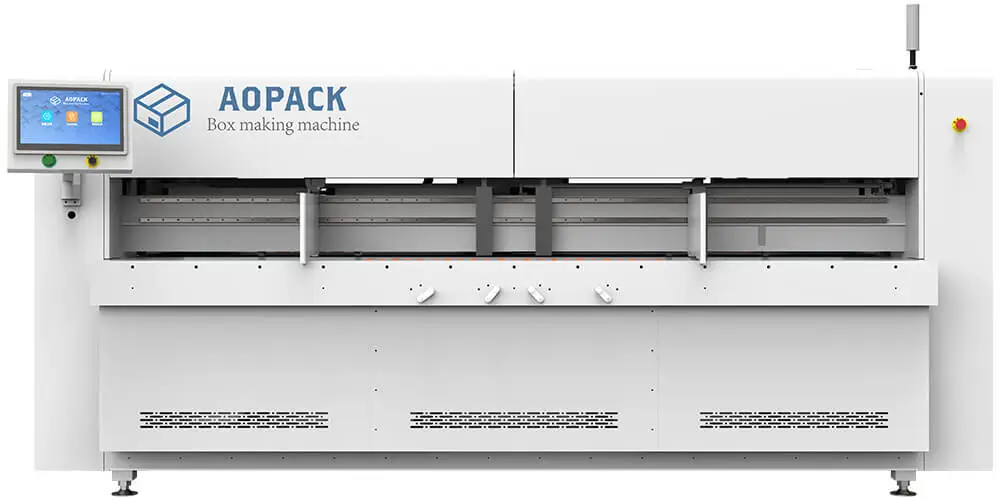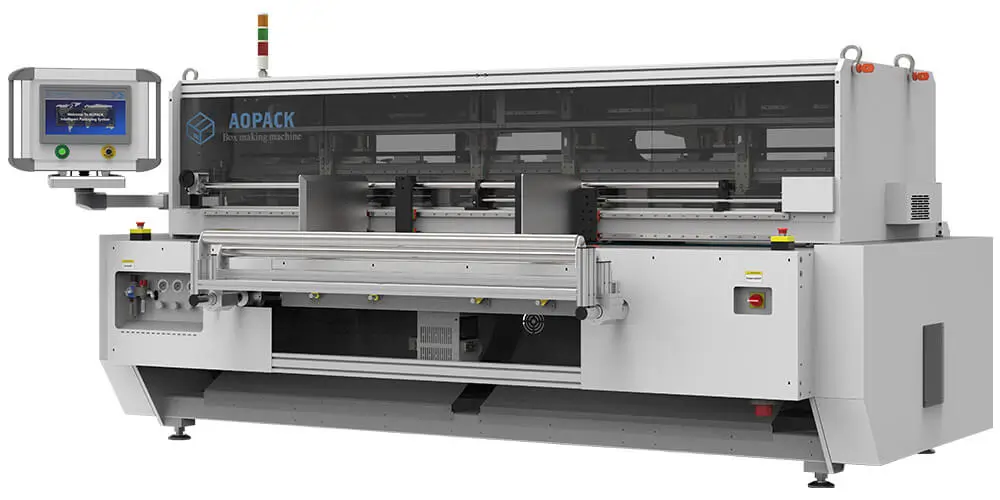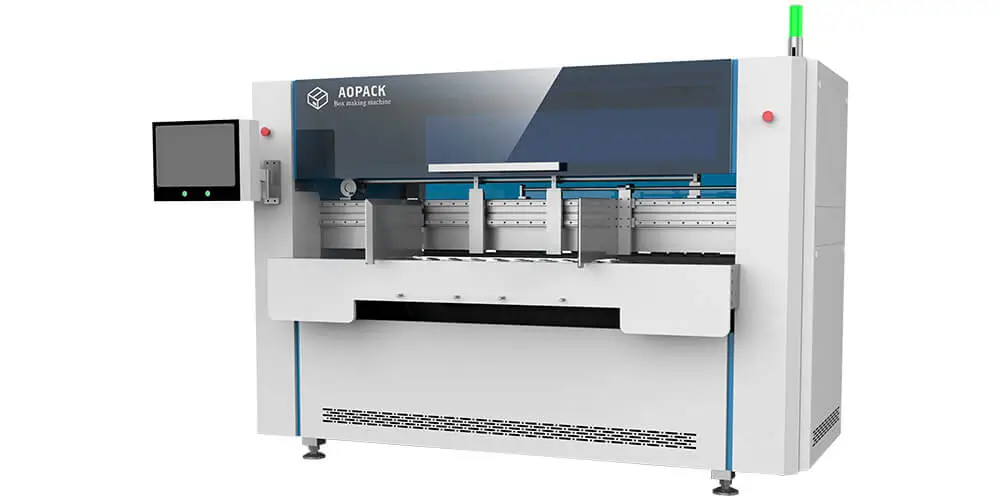
advanced shipping container fabricator what advantages do trusted packaging carton engineers offer to logistics?
Examine the detailed process of corrugated carton development by means of this detailed resource. We intend to analyze the primary procedures of converting basic materials into durable cartons that guard goods throughout transport. Encompassing flute shaping, printing, and wrapping, we expose the details of this fundamental field.

- Investigate the different sorts of corrugated parcels and their specialized roles.
- Investigate modern advancements in carton production.
- Explore the environmental challenges and conservation techniques.
Regardless if you are a learner, expert, or sector devotee, this overview imparts relevant facts on the transforming packaging market.
Creating Innovations from Corrugated Sheets
Corrugated carton board, often unappreciated as basic packing item, works as a functional crafting element. Its durable quality enables the formation of innovative shapes and patterns, covering effective holders to playful adornments. Using imagination, you have the power to modify this familiar fabric into everything remarkable.
Analyze the extensive possibilities of corrugated packaging board design via:
- Trying various methods such as slicing, bending, and stacking
- Incorporating reused elements for an environmentally responsible process
- Displaying your works to motivate others
Owing to its economical nature, accessibility, and versatility, corrugated sheet pleases crafters from diverse age groups and proficiencies. Activate your creative energy and permit your ideas to prosper via this basic material.

The Union of Mechanics and Design in Corrugated Containers
Corrugated carton assembly embodies an intriguing conjunction of innovation and artistic expression. It surpasses basic assembly; it focuses on building a shielding copyright that protects merchandise in shipment while also making a lasting impression on consumers.
A proficient engineer grasps the detailed characteristics of corrugated paperboard, fine-tuning its density, flute style, and arrangement to satisfy particular needs of each item.
- In addition, artistic elements are critical.
- A carefully crafted box becomes immediately identifiable in a store, enticing the focus of future clients.
- Ultimately, corrugated packaging design is about creating a harmonious fusion of protection and appeal.
Satisfying Market: Increasing Your Packaging Output
When your business is booming and orders are surging, it's critical to ensure you have the capacity to meet customer demand. Elevating box production could facilitate steady functioning and strengthen reputable status.
At outset, consider your operational systems. Analyze your existing equipment and workforce to identify potential bottlenecks or areas that need improvement. Subsequently, research ways to augment manufacturing scale. Ponder buying novel instruments or renewing existing machinery to strengthen output.
Consider that boosting volume is subordinate to enhancing full production line. Employ agile production models to cut waste and maximize input use. Enhance systems, digitize repetitive work, and support personnel training to develop a capable team.
Ultimately, build robust partnerships with vendors to maintain consistent supply chains. Utilizing these techniques, you may successfully improve container fabrication and cater to escalating customer wants.
Progress in Cardboard Engineering
The carton business continuously expands, encouraged by urges for sustainable, effective, and imaginative techniques. Corrugated paperboard, a trusted product for ages, sees resurgence powered by innovative advancements. From lightweight designs to integrated features, corrugation is embracing the future. Creators examine cutting-edge paths to refine packaging operations, implementing green resources and methods. The effect is a flood of unique packaging ideas revolutionizing the business environment.
These innovations address key challenges facing businesses, such as reducing waste and optimizing logistics. Clients similarly benefit from these progresses, obtaining cartons that are sturdier and more accessible. The future of corrugation is bright, filled with potential to create a more sustainable and efficient packaging ecosystem.

Sustainable Corrugated Cartons: Earth-Friendly Picks
Corrugated cases play an important role in contemporary warehousing operations. Traditionally made from paper, these containers have a significant impact on the environment. However, increasing consciousness regarding eco-friendly methods applies equally to manufacturing carton goods. Fortunately, creative methods exist to enhance the environmental friendliness of such boxes.
One key aspect is using recycled paper. Through employing manufacturing or consumer leftovers, the need for fresh resources decreases, preserving woodlands and natural assets.
Furthermore, manufacturers are investing in sustainable production processes. This strategy incorporates maximizing power savings and decreasing surplus throughout operations. Shoppers can participate by picking containers endorsed as earth-friendly. Check for marks such as FSC or SFI that confirm accountable sourcing and fabrication.
By embracing these practices, we can ensure that corrugated boxes remain a vital part of our economy while minimizing their environmental footprint.
Maintaining Superiority in Cardboard Packaging
Realizing top-tier output in container manufacturing involves strict quality supervision. Starting at resource procurement and finishing with final product review, every process calls for persistent care. Severe controls manage fabrication stages to warrant every shipment matches highest measures.
- Assessing input components for imperfections, toughness, and regularity is essential to mitigating later difficulties.
- Conforming to strict dimensions and allowances during slicing and shaping guarantees containers are physically sound and suited for function.
- Repeated review of design application maintains colorful imagery and readable text
- Implementing automated quality control systems can enhance efficiency and accuracy in the inspection process
Via focusing on quality assurance in all phases, fabricators supply containers that are robust and aesthetically pleasing. Such commitment to high standards meets client demands and reinforces company image.
Container Marking: Recognition and Result

Corrugated box printing is a vital aspect of brand awareness. As purchasers perceive your goods, the container acts as a major means for delivering impression. A professionally composed print on packaging can fascinate buyers, display brand traits, and raise purchase intentions.
Also, container labeling supplies diverse selections to individualize your boxes. With bold hues to creative patterns, you may express brand character via the form of packaging.
Ultimately, corrugated box printing is more than just a functional necessity – it's a powerful means to strengthen your brand presence and connect with your audience.
From Raw Elements to Finished Goods: The Corrugated Carton Workflow
The creation of a carton is an intriguing procedure converting basic inputs into an essential delivery and containerization answer. It originates by collecting pulp, commonly obtained from reclaimed resources. Finally, pulp converts into boards of corrugated packaging board, containing a grooved core layer flanked by two smooth sheets.
These boards are accurately sliced to specific parameters, then combined with expert machinery to produce the targeted package design. Resins assist importantly in connecting segments solidly, assuring a powerful and long-lasting formation.
Lastly, shipments receive meticulous examination steps to affirm toughness and compliance with commercial standards.
Emerging from simple bases, the case unfolds as a multifunctional packaging wonder, capable of shielding assorted products in transit.
Worldwide Box Business: Directions and Possibilities
The international packaging sector witnesses corrugated box maker a stage of development. This dynamic sector is fueled by rising consumer demand for packaging. Principal factors involve surge of electronic commerce and demand for sustainable packages